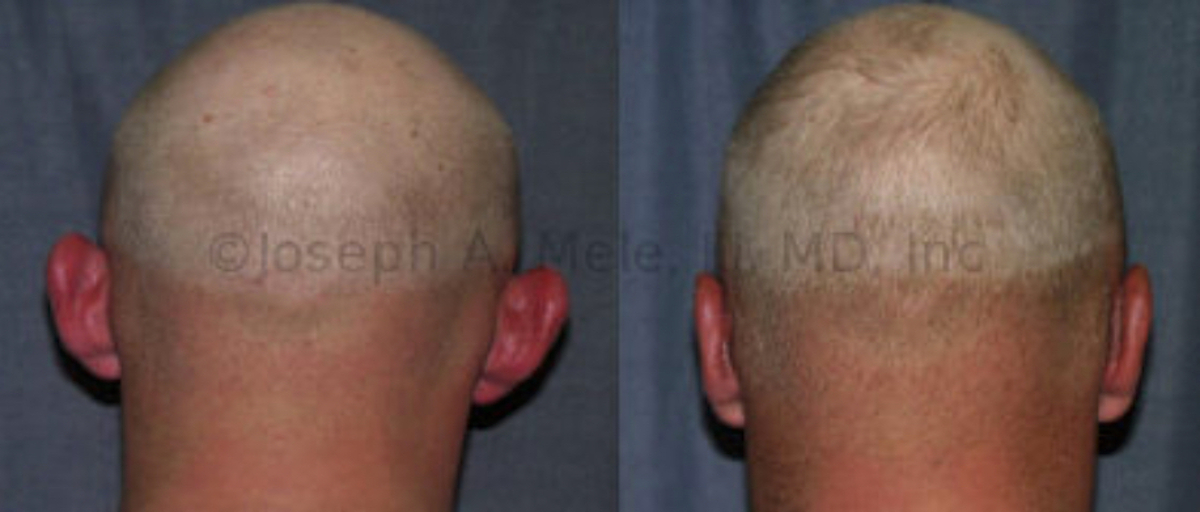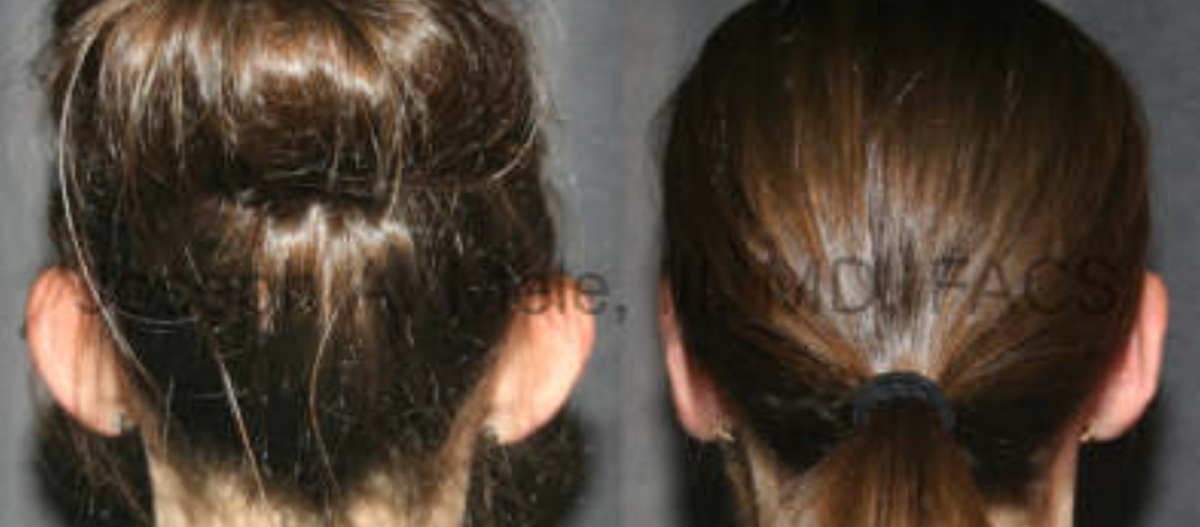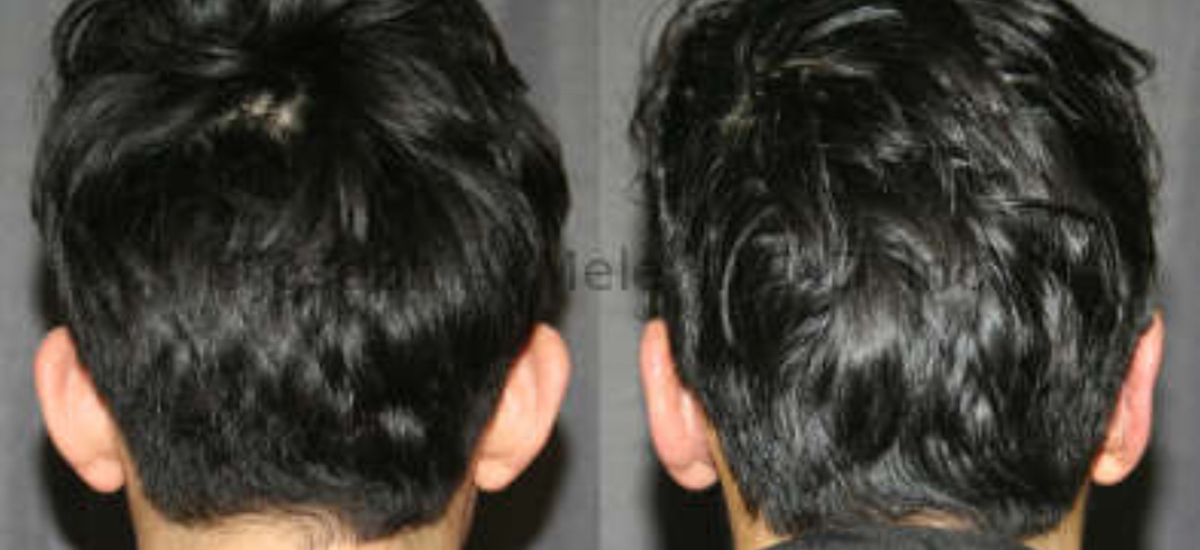Otoplasty is performed for over 50,000 Americans each year, and it is one of the most personal cosmetic surgeries I perform. If you are concerned with the shape or prominence of your ears, Otoplasty might be right for you.

Ears that stick out can be a source of embarrassment, especially with short hairstyles.
Otoplasty is Ear Changing
Otoplasty literally means “Ear Changing.” The term is generic for all surgery performed to the pinna, the part of the ear that protrudes from the head. The most common type of otoplasty is ear pinning for prominent ears.
What Makes Ears Stick Out?
There are three main anatomic causes for prominent ears. The most common is incomplete folding of the curve that brings in the top of the ear. The name of this fold is the antihelical fold fold, and the name describes the fold’s location. The helix is the curve around the edge of the upper ear. The antihelical fold is the fold that runs around the ear, just inside the helix, or as the name describes, across from the helix. When this fold does not form completely, the top of the ear sticks out.

This patients had all three causes of prominent ears: incomplete antihelical folds, large conchae and the entire ear is rotated forward.
The second most common reason for prominent ears is an enlarged concha. The concha is the central part of the ear that catches sound. When it is large, the entire ear sticks out. Frequently, an enlarged concha is also accompanied by an incomplete antihelical fold, making the upper ear stick out even farther than the central ear.
The third most common reason for prominent ears is the concha rotating forward. This makes the entire ear prominent, and can affect the earlobe too. The appearance can be mimicked by putting your hand behind your ear and pushing the pinna forward.
The Treatment for Prominent Ears

Prominent ears due to a lack of the antihelical fold are corrected via and incision behind the ear in the above Otoplasty Before and After Pictures.
The type of correction needed for prominent ears is determined by the anatomical abnormality present. When the antihelical fold is incomplete or absent, it needs to be surgically completed. There are several methods for this, and the technique your plastic surgeon uses is often professional preference. For many patients I use two complementary techniques to provide a more predictable and permanent result. Remember, we are trying to permanently change the shape of a soft and flexible structure, and the memory of the ear cartilage can occasionally cause the prominence to return.
For an enlarged concha, conchal reduction is often performed. The conchal cartilage can either be folded back or reduced to decrease the prominence of the ears. Cutting the cartilage is very effective; however, this can lead to sharp edges which may be visible through the skin.
Correcting an anteriorly rotated concha is performed by rotating it back. Sometimes it needs to be reduced, and sometimes the antihelical fold also needs to be corrected. In cases when the earlobes stick out, these too can be reduced and setback.
Otoplasty Consultations
To schedule an Otoplasty appointment for yourself or your child call (925) 943-6353 at our San Francisco Bay Area plastic surgery center. During your consultation, your questions will be answered, and your options reviewed, so that you can make the decision whether Cosmetic Ear Surgery is right for you. Otoplasty is not the most commonly performed cosmetic plastic surgery procedure, so be sure to consult with an experienced, Board Certified Plastic Surgeon for your ear pinning.
Previous Post Next Post